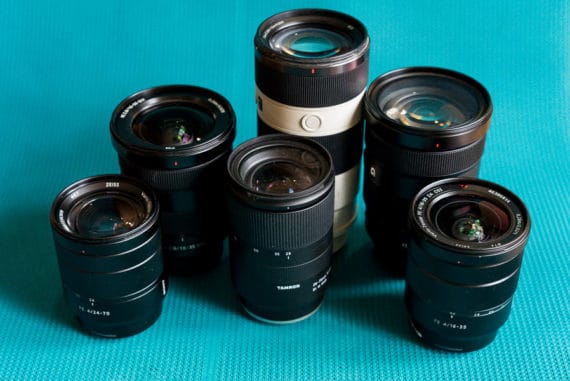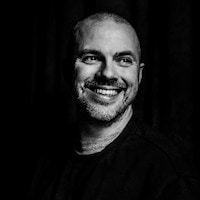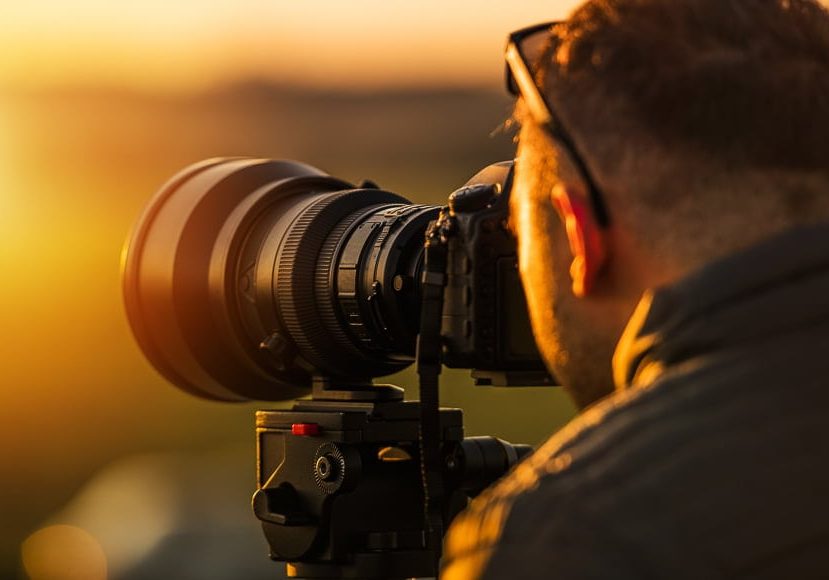
Ultimate Telephoto Lens Guide (What to Buy in 2023 and Why)
Learn about telephoto lenses and how to use them to take your photography to the next level! PLUS the best lenses to buy for any budget.
Telephoto lenses are one of the great tools of photography – they let you reach out and bring faraway images into close up.
We see the results of telephoto lens use every day in images of sports, the natural world, architectural details and news reporting – subjects the photographer can’t physically get close to.
They can also be used in other situations such as portraiture and for unique creative effects. In this guide, we’ll discuss how telephoto lenses work and how best to use them.
Then we’ll look at some of the best options – both zooms and primes – available to suit any budget.
So, let’s get started!
Table of Contents
What is a Telephoto Lens?
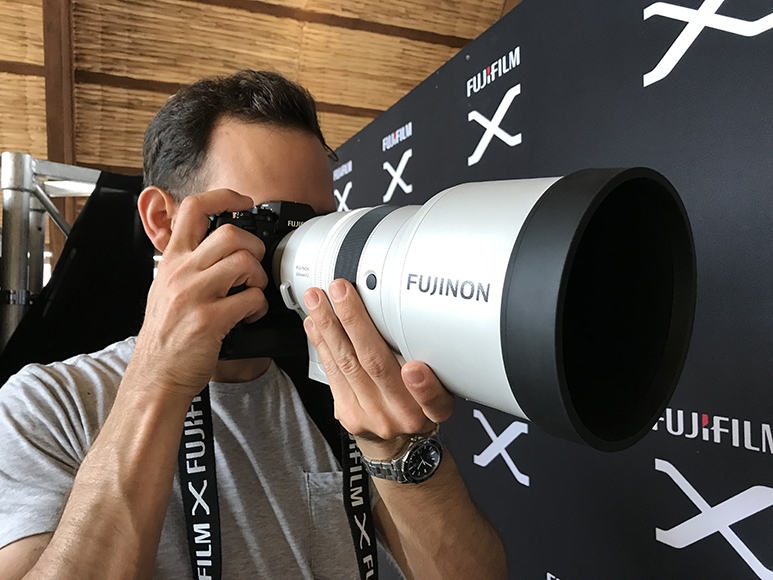
Telephoto focal lengths can result in very large lenses. | Fujifilm Xf 200mm f/2
Lenses are constructed from a number of lens elements and are described by their ‘focal length’. We speak of a 50mm lens or a 300mm lens, for example.
However, the focal length is not the physical length of the lens but an optical measurement between the ‘optical centre’ – where the light rays converge in the lens – and the sensor at the back of the camera.
The focal length determines the ‘angle of view’ – what the camera takes in of the scene we’re looking it.
Different lenses have different angles of view. A 50mm lens may have an angle of about 45 degrees. A wide-angle lens stretches out to take in 80, 90, 100 degrees of the view.
A telephoto or ‘long lens’ will have a narrow angle of view such as 25 degrees or even narrower – this, in turn, leads to a magnified image.
Lenses between 70mm and 135mm are often called ‘medium’ or ‘short telephoto’, those from 135-300mm simply ‘telephoto’, and those above 300mm ‘super (or, if you like, very expensive) telephoto’.
Sports and wildlife photographers use telephoto lenses to give their audience a view of the world, in sharp detail, that they simply couldn’t see with the naked eye.
Less obviously, a telephoto lens can be used in just about any situation to good effect.
From portraiture to macro photography, to even landscape photography and beyond, the possibilities of how you use a telephoto lens are endless.
Here’s a list of telephoto lenses of different focal length range with some suggested uses:
- 70 – 200mm – a wonderfully versatile zoom lens that’s perfect for portraits, sports, weddings and wildlife.
- 85mm – a classic portrait lens, it’s also widely used at weddings.
- 105mm – often used for weddings and portraits.
- 135mm – a prime lens that’s often used for portraits and weddings, but also great for sports or wildlife photography.
- 100 – 400mm – this focal range is perfect for sports and wildlife.
- 600mm and up – super-telephoto lenses that are ideal for sports and wildlife.
There are various focal length range options for both crop sensor and full-frame camera models, with varying degrees of image quality.
Canon manufactures the most zoom lenses of all the different camera brands (which is why you often see the iconic white-barrelled Canon lenses lining up on the sidelines of sporting events), but Nikon and Sony also produce some great ones too.
You can also check out our guide to all the various types of lenses here.
-
What Is the Difference Between a Zoom Lens and a Telephoto Lens?
Telephoto lenses can be either ‘prime’ or ‘zoom’. A prime lens has a fixed focal point and, having chosen your subject, you simply adjust the focus to create the frame of the picture.
With a telephoto zoom lens, you can adjust the area of magnification by zooming in or out of the view in front of you.
Photographers often use the ‘zoom in, stand back’ method in portraits to capture their subjects without being intimidatingly close and to avoid lens distortion.
You’ll often hear ‘telephoto zoom’, ‘zoom’ and ‘telephoto’ used interchangeably to mean pretty much the same thing, but at least now you understand the strict definitions!
-
Why Are Telephoto Lenses So Expensive?
The main reason that telephoto lenses (and telephoto zoom lenses) are expensive is because of the optical components. These components – the glass – have to be made to an extremely high level of precision and set into finely machined but robust lens housing.
While some telephotos fall into the reasonable range of costs for DSLR owners, some do become very specialist items indeed.
In some places, it may be possible to hire these types of lenses. This can give you an opportunity to try things out before purchasing or, as an alternative to purchasing, to hire one for a particular shoot.
What Is a Telephoto Lens Used For?
Let’s have a closer look at the various merits of using a telephoto lens or a zoom lens in your photography.
1. Making subjects appear closer to the camera
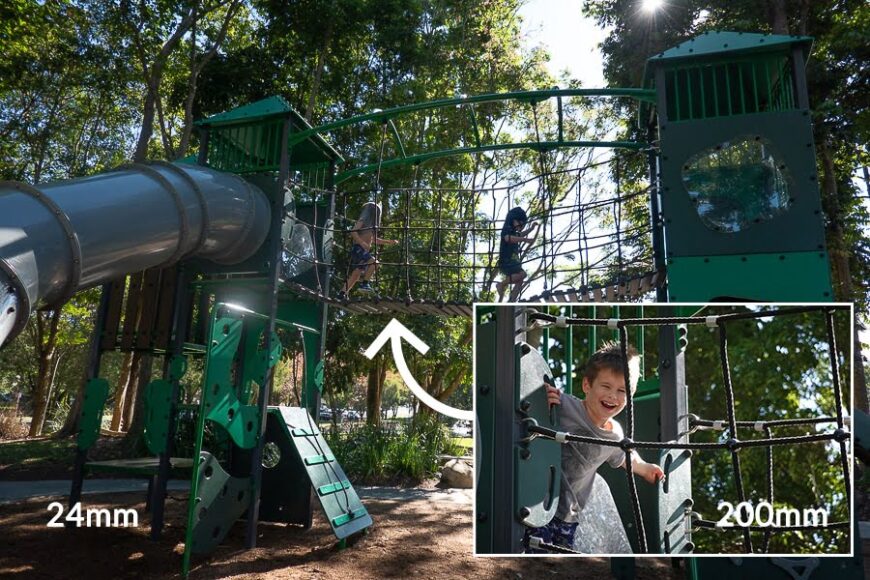
Here you can see the difference between wide-angle and telephoto focal lengths. | Sony 24-200mm f/2.8-4.5
The most common use of telephoto is to bring things closer to your field of view (see guide). A long focal length lens can pull in a building in a landscape; a squirrel in a fir tree; the actions of sport; the expressions on the faces of guests at a wedding.
Most of the above situations are ones where the photographer can’t get closer to the subject or, if they did, it would impact on the subject (for example, they’d frighten the squirrel away).
Even in a situation such as a wedding where the guests expect photographs to be taken, they may react to the presence of the camera. So sometimes closer isn’t best and letting the lens do the work offers advantages.
Using a telephoto lens heightens your selectivity of the potential image in the scene in front of you. You’re going for the ‘photographic jugular’, so to speak.
In portrait photography, by using a telephoto zoom lens, you can really hone in on a particular feature of the subject’s face, for example.
2. Creating compression in an image
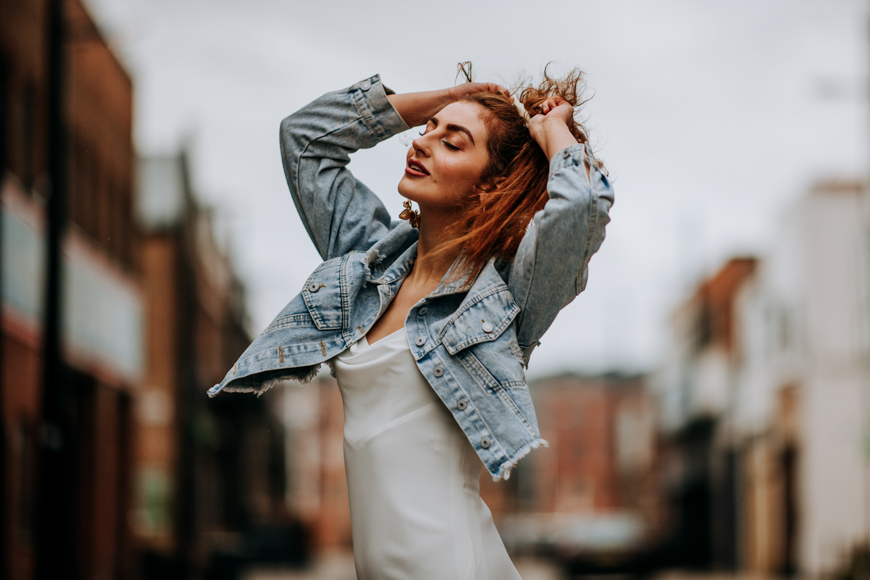
Credit: Hollie Mateer
A telephoto lens adds a new dimension to the images you take. It ‘compacts’ or ‘compresses’ space, making objects in the foreground, middle ground, background and far distance seem to stack up behind each other.
We see figures set against buildings closer to their proportionate scales – the figures look smaller and the buildings behind larger – than the more usual perspective view of ordinary lenses.
In the image above shot with a telephoto zoom lens, the out of focus buildings in the background appear closer to the subject than they actually were. By using a long focal length lens in this way, more context can be given to the photo.
3. Creating blurred backgrounds

Using a shallow depth of field with a telephoto can create nice background blur in portraits. | Credit: Hollie Mateer
One effect of using telephoto zoom lenses is that the depth of field tends to be narrow and the background becomes blurred.
For photographs of wildlife, this is often a great benefit, allowing the subject to take centre stage and the confusion of the background to visually melt away.
For a portrait photograph, the effect is to isolate the head and face or body from unnecessary background detail. Use a shallow depth of field (shoot at the maximum aperture of your lens) to accentuate this effect even more.
Widening the aperture will decrease the depth of field with any lens softening the focus on areas beyond it. Hit the right spot and you can create bokeh effects.
A telephoto lens is particularly good for creating bokeh, and you don’t always need to shoot at f/2.8 or lower – some zoom lenses can be shot at f/4 – f/5.6 and still produce creamy bokeh, especially when used in conjunction with a full frame camera.
4. Getting closer to details
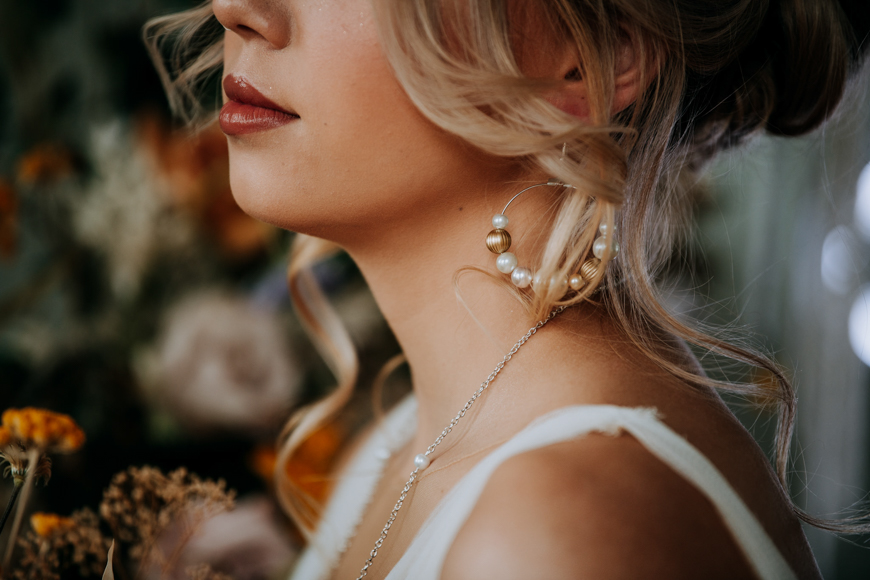
One use of telephoto is capturing finer details. | Credit: Patrick Mateer
Isolating a subject in a scene concentrates our view of it and can make fine detail and texture an important part of the image.
Recognising this, telephoto lenses can be used to select small details that would be lost or become subordinate in a larger view: the hair of a fox or the pattern of colour on a bird’s tail feathers; the weave of a piece of cloth or the design of a tattoo.
In landscape photography, a selected part can become just as expressive of a feeling or place as a wide-angle shot.
Consider for instance a crack in a rock face with loose stones, lichen and flowers. Select it with a telephoto and this small area can fill an image and become a giant landscape.
Macro (or ‘micro’) lenses are often telephoto lenses too, and allow you to get extra close to the details.
5. Taking portraits without distortion
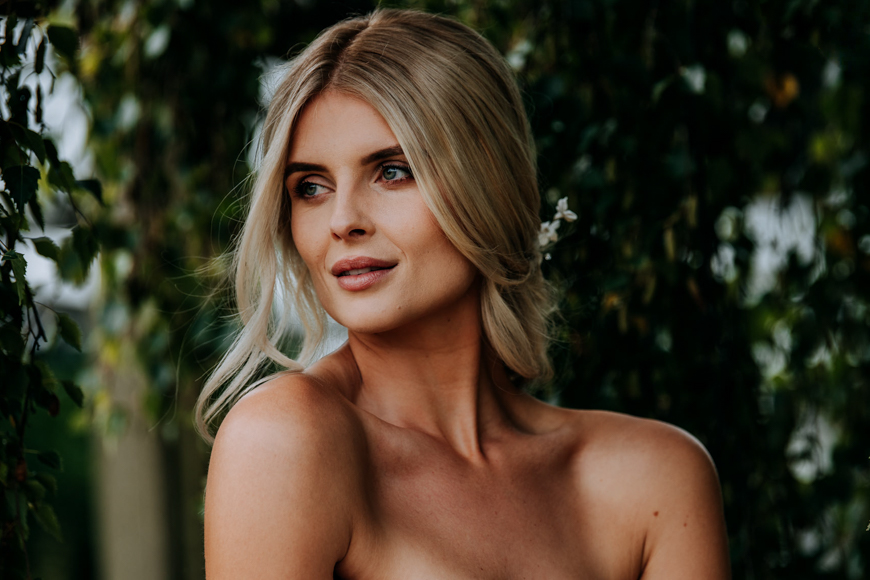
Credit: Hollie Mateer
A telephoto lens can help to keep the parts of the face in proportion when photographing a portrait. This results in a more flattering portrait and a happier sitter/subject than using a wider lens.
Anything wider than a 50mm can really start to distort your portraits. So instead of a wide-angle lens, try shooting portraits with an 85mm, 105mm or even a 70-200mm.
Stand back with a 70-200mm for example, then zoom in on the subject for your portrait image and a more natural field of view.
You’ll note a pleasing lack of distortion in the face and the figure – plus, due to the compression, a 70-200mm lens gives an impactful effect to the image overall.
6. Capturing sport and nature effectively
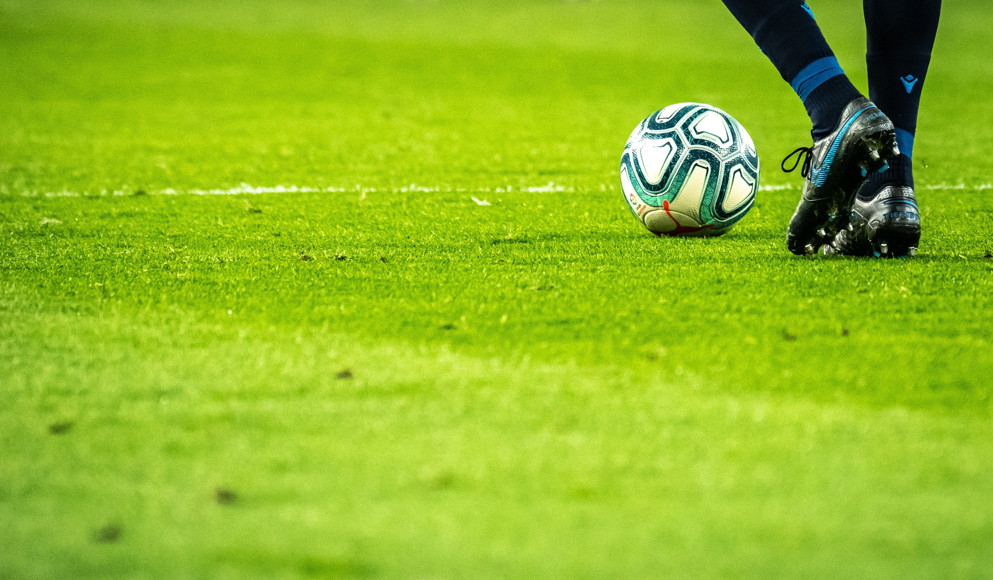
Credit: Emilio Garcia
There are some things that really benefit from being captured from afar with a telephoto lens with a decent zoom range.
Take sports photography: more often than not, you just can’t get close to the action! If you’re photographing a football match, you simply can’t get on the field with your wide-angle lens and get up close!
Also, taking shots of animals and birds demands patience and a good telephoto.
Nature and sports photography require a lot of time, so we do recommend the use of a monopod. This will allow you to keep steady with a big lens while being able to change the position of your camera quickly as needed.
See our guide on how to use a monopod for some tricks you might not already know.
7. Trying out astrophotography
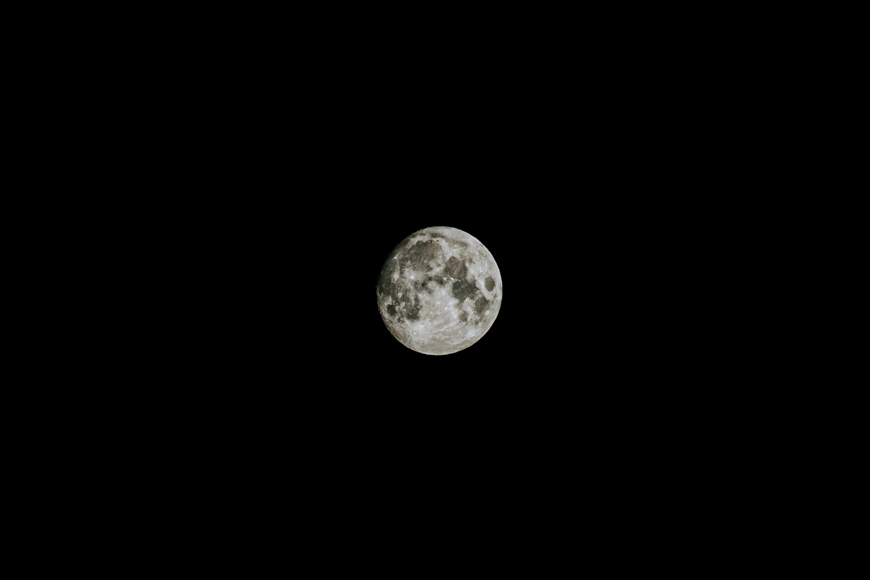
Focal lengths such as 70-200mm can capture excellent details in astrophotography. | Credit: Patrick Mateer
One subject that loves telephoto lenses is the moon. This image of the moon was captured with a 70-200mm f/2.8 lens, then cropped in a little. The telephoto lens enabled an incredible amount of detail to be captured.
So the next clear night you have, why not try it out yourself? You’ll find you can capture a surprising amount of detail in the moon and even planets with your telephotos!
You can find some great astrophotography tips for beginners here.
Recommended Telephoto Lenses for All Budgets
If you’re in the market for a telephoto lens, here are our recommendations on which give the best bang for your buck, whether you’re a beginner, hobbyist or professional photographer.
With the exception of Fujifilm, all the lenses below can be used on crop sensor (APS-C) or full frame camera bodies.
Remember that when using them with an APS-C sensor camera, you’ll need to take into account a multiplication factor, which will make your telephoto lens even longer!
For Canon Cameras
- Budget: Tamron 18-400mm f/3.5-6.3 – Not a dedicated telephoto, but a versatile lens that’s incredibly good value, with a remarkable reach. For crop sensor/APS-C cameras.
- Midrange: Tamron SP 70-200mm f/2.8 Di VC USD G2 – This full-frame telephoto lens allows for beautifully sharp images with a shallow depth of field. As it’s a zoom lens, it allows for varying focal lengths. For the price, it really is the best buy and is also available for Nikon and Sony cameras.
- High-end: Canon EF 70-200mm f/2.8 L IS III USM – Canon’s flagship 70-200mm lens is a real investment, but it’s the professional’s choice. It offers outstanding build and image quality – with fantastic image stabilisation.
See more of the best Canon lenses here.
For Nikon Cameras
- Budget: Nikon AF-S NIKKOR f/1.8G ED – 85 mm – For the price, this lens is a real best buy. Giving sharpness to rival the Nikon 85mm f/1.4G, it’s an ideal lens for wedding photographers and hobbyists.
- Midrange: Sigma 745306 150-600mm f/5-6.3 DG HSM – A favourite lens of hobbyist sport and wildlife photographers. You get an incredible longer focal length of 600mm and good image quality for the price.
- High-end: Nikon NIKKOR Z 70-200mm f/2.8 VR S – Nikon has long led the way with their 70-200mm lenses and the new mirrorless Z model has stolen ahead of its DSLR equivalent (the amazing 70-200mm f/2.8 FL E). Unrivalled image quality and built to withstand all conditions, this 700-200mm works in tandem with the new Nikon focus tracking on the MK 2 versions of the Z6 and Z7, making it a fantastic choice for the professional.
See more of the best Nikon lenses here.
For Sony Cameras
- Budget: Sony SEL55210 E Mount APS-C 55-210mm f/4.5-6.3 Telephoto Zoom – This lens for a Sony E mount camera gives superb value for money and is a great introduction for beginners looking for a telephoto lens. With f/4.5 to 6.3 aperture, it’s not the ‘fastest’ of lenses, but it does give superb reach in terms of focal lengths.
- Midrange: Tamron SP AF150-600mm f/5-6.3 Di USD for Sony – A super-telephoto lens that offers great value for Sony camera owners. Tamron is well known for producing third party lenses of extremely high quality that produce images of exquisite sharpness.
- High-end: Sony FE 70-200 mm f/2.8GM OSS – With an 11-blade aperture, this beautiful 70-200mm lens allows you to create creamy bokeh with your compressed images. It’s also incredibly sharp in terms of image quality and is the choice of many professionals.
A 70-200mm lens is seen as a ‘must-have’ lens in many professional photographers’ camera bags. Even if it’s not used on every job, having that added reach and versatility of a zoom can enable the photographer to overcome many difficult situations.
Sony is famous for the AF tracking in their mirrorless cameras, meaning their telephoto lenses can achieve fantastic results, even with fast-moving subjects.
See more of the best Sony lenses here.
For Fujifilm Cameras
Budget: Samyang MF 85mm f/1.4 MK2 Fuji X – Samyang offer a range of fantastically well priced prime lenses for all major camera brands. This manual focus 85mm for Fuji X cameras is great value. Samyang lenses are loved by photographers and filmmakers alike.
Midrange: Fujifilm XF 90mm f/2 R LM WR – This superb and fast lens gives an equivalent focal length of 137mm on a crop sensor Fuji camera. So, it’s an ideal portrait lens and one of really high quality.
High-end: Fujinon XF 100-400mm f/4.5-5.6 R LM – This super-telephoto lens gives an equivalent focal length of 152-609mm. This means it’s an ideal lens for wildlife or sports photographers. As it’s a big lens, it comes with superb image stabilisation.
See more of the best Fuji lenses here.
Final Words
We hope you’ve enjoyed this guide to telephoto lenses. As you can now see, they do a lot more than simply bring things closer. In fact, they offer unlimited opportunities for experimentation.
For telephoto inspiration away from nature, sport or portraiture, check out the work of street photographer Ali Boombayé who often shoots telephoto.
Boombayé sums up just how effective a telephoto lens can be: “Using a telephoto lens also allows me to surgically extract elements out of the landscape and accentuate a sense of scale.”
Then, after you’ve selected the next telephoto lens you’re looking at buying from our list above, get out there and start shooting!
If you have any questions at all, please don’t hesitate to ask us in the comment section below.










